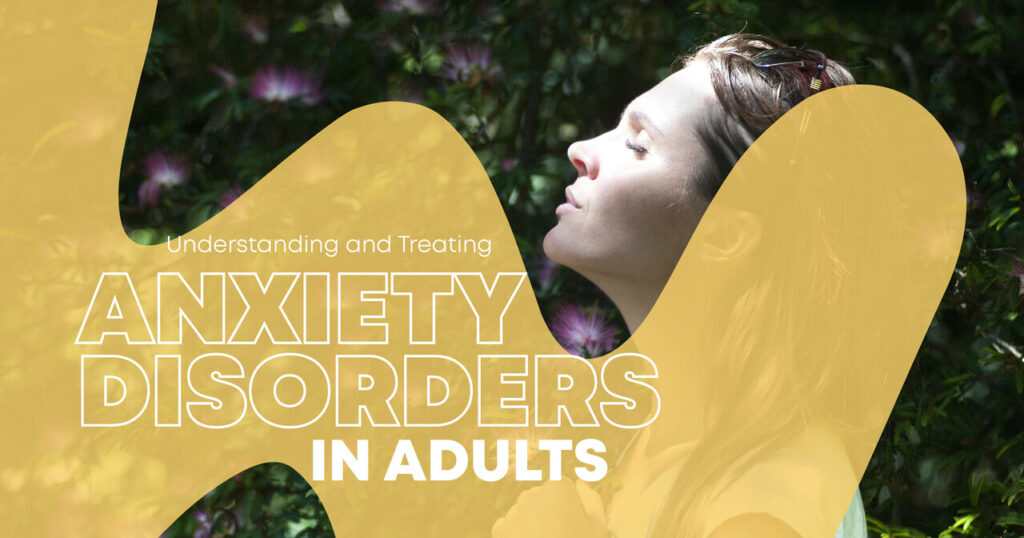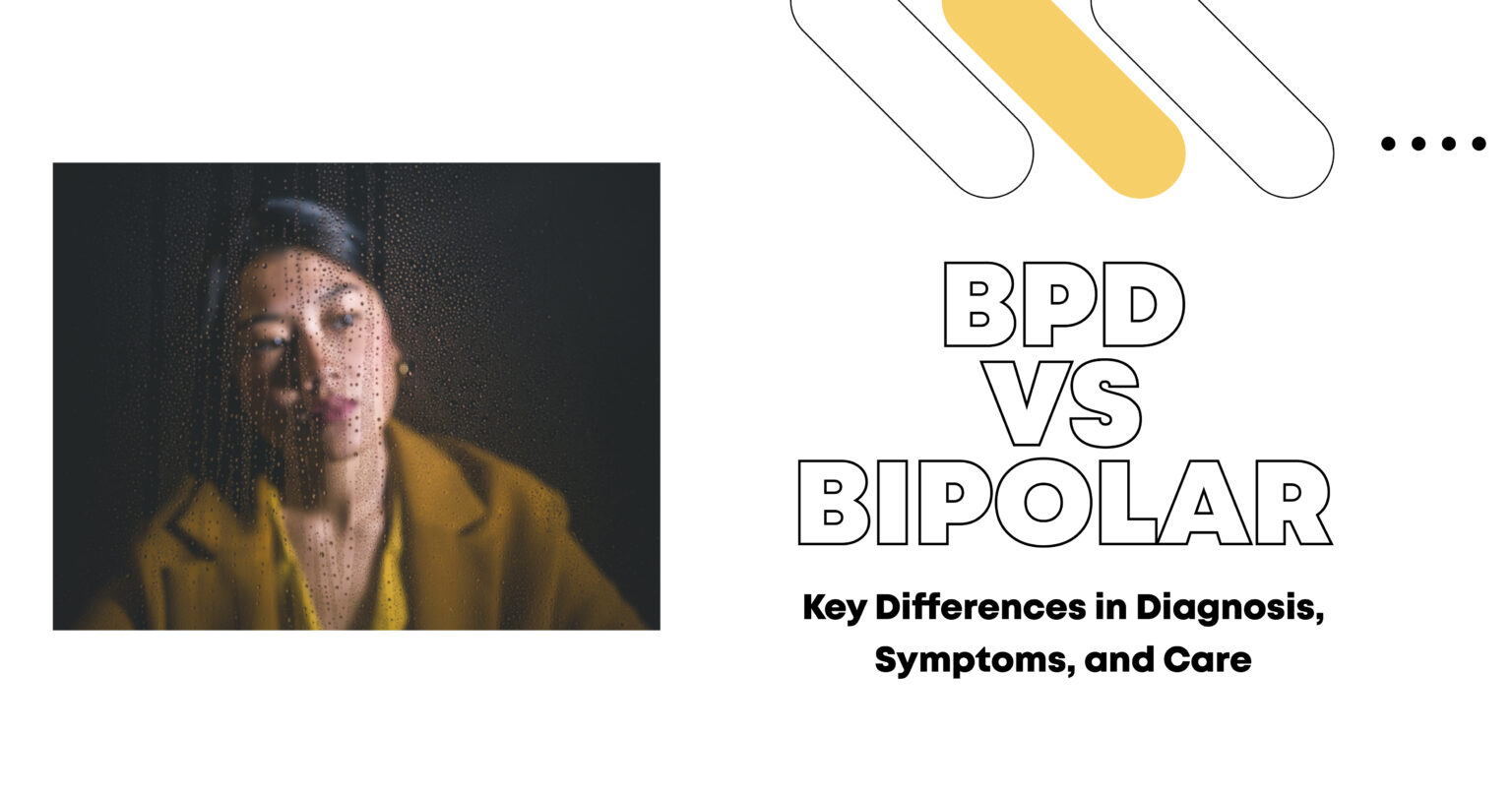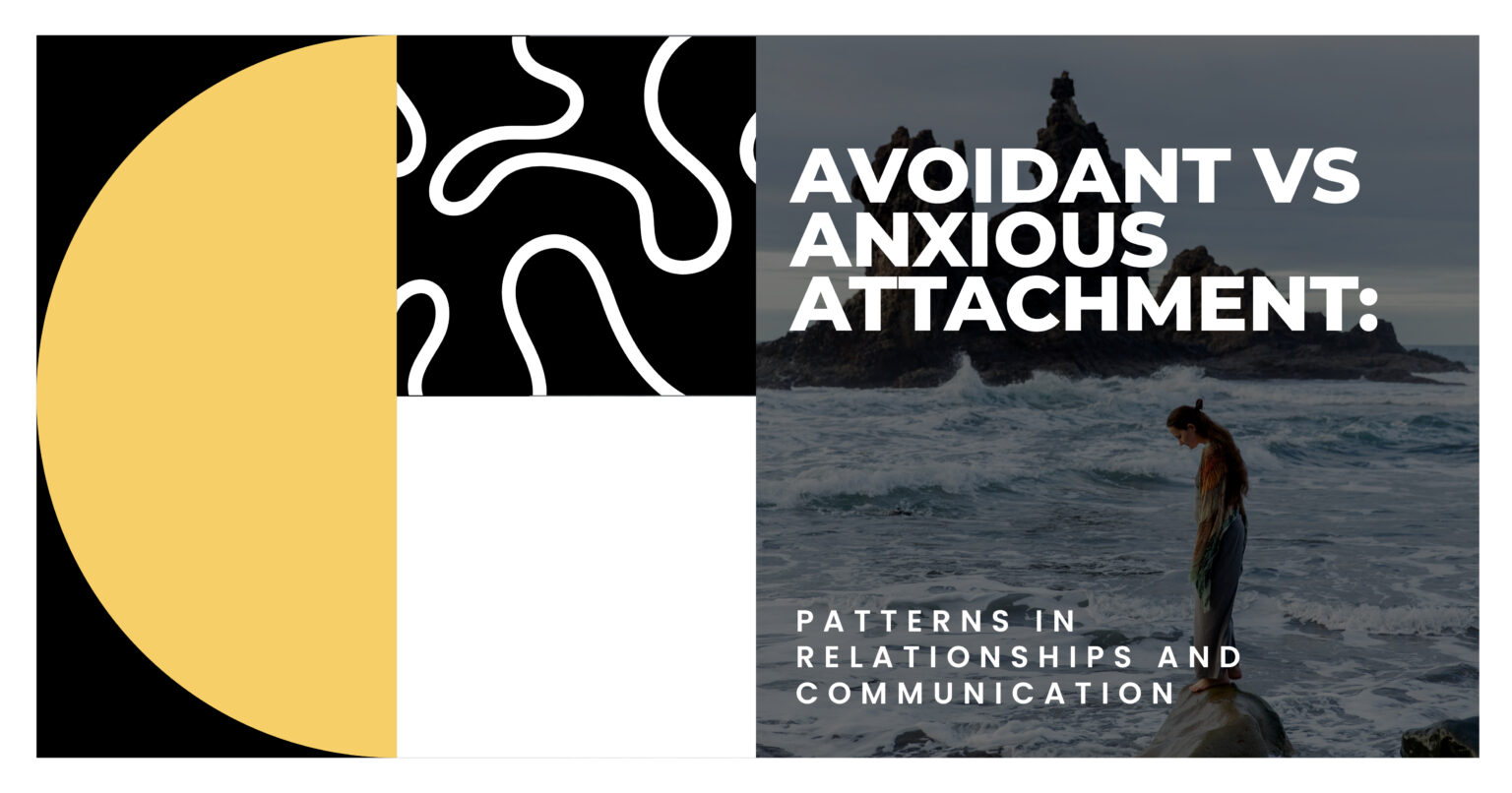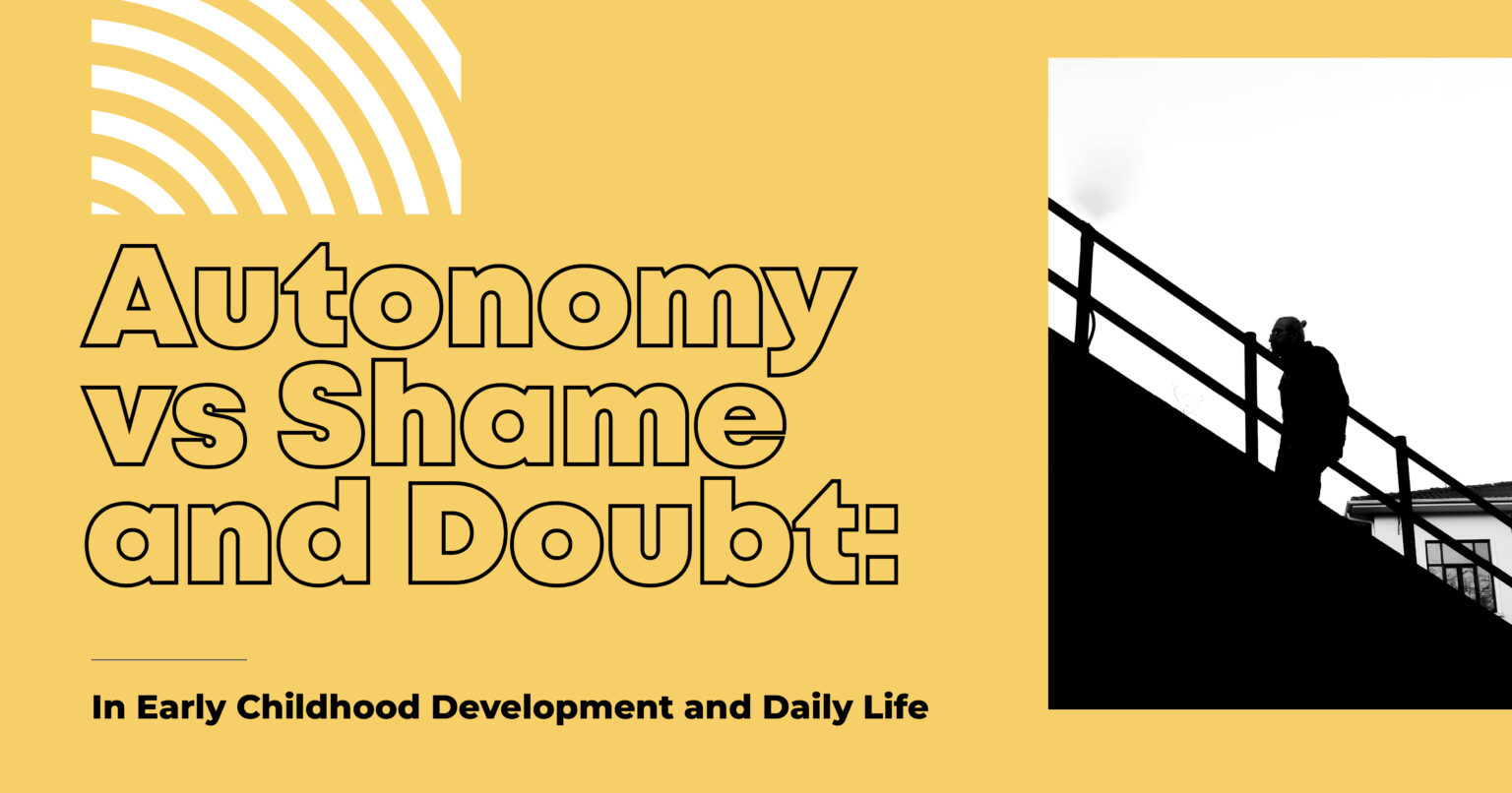Anxiety disorders are among the most common mental health issues faced by adults today. They can be debilitating, affecting daily life, from work performance to personal relationships. Understanding these disorders and knowing how to treat them effectively can be a game-changer for anyone struggling with anxiety.
Essential Takeaways
- Understanding Anxiety Disorders: Anxiety disorders, including Generalized Anxiety Disorder, Panic Disorder, Social Anxiety Disorder, and OCD, can greatly impact daily life with varied symptoms and treatment needs.
- Effective Treatment Approaches: Combining psychotherapy, such as Cognitive Behavioral Therapy (CBT), medications, and lifestyle changes (like exercise and stress management) is often the most effective way to manage anxiety.
- Importance of Professional Help: Professional help is vital for accurate diagnosis and effective treatment, providing tailored strategies to manage anxiety and improve mental health.
In this post, we’ll explore the different types of anxiety disorders, delve into their causes and risk factors, discuss diagnosis and treatment options, and offer strategies for managing anxiety. Our goal is to provide you with a clear, supportive guide to navigating the complexities of anxiety disorders.
Introduction to Anxiety Disorders
What Are Anxiety Disorders?
Anxiety disorders are a group of mental health conditions characterized by excessive and persistent worry or fear that interferes with daily activities. Unlike occasional anxiety, which is a normal stress response, anxiety disorders are more intense and persistent. They can significantly impact your quality of life.
The most common anxiety disorders include Generalized Anxiety Disorder (GAD), Panic Disorder, Social Anxiety Disorder, Specific Phobias, and Obsessive-Compulsive Disorder (OCD). Each type of anxiety disorder has its unique symptoms and challenges, but all share the common thread of overwhelming fear or worry.
Shine Mental Health
Prevalence and Impact on Adults
Anxiety disorders affect millions of adults worldwide. According to the National Institute of Mental Health (NIMH), approximately 19% of adults in the U.S. experience an anxiety disorder each year. This prevalence makes anxiety disorders one of the most common mental health conditions.
The impact of anxiety disorders on daily life can be profound. Individuals may experience difficulties at work, strained relationships, and a reduced overall quality of life. The persistent nature of anxiety can lead to physical symptoms like headaches, stomachaches, and fatigue, making it even harder to manage daily responsibilities.
Types of Anxiety Disorders
Generalized Anxiety Disorder (GAD)
Generalized Anxiety Disorder (GAD) is characterized by excessive, uncontrollable worry about various aspects of life, such as work, health, or family. Individuals with GAD often find it difficult to control their worry, and it can become a constant presence in their lives.
Symptoms of GAD include:
- Persistent worry or anxiety about multiple areas of life
- Restlessness or feeling on edge
- Fatigue
- Difficulty concentrating
- Muscle tension
- Sleep disturbances
Treatment Options for GAD often include psychotherapy, such as Cognitive Behavioral Therapy (CBT), and medication like SSRIs (Selective Serotonin Reuptake Inhibitors). Combining therapy with lifestyle changes, such as regular exercise and stress management techniques, can also be beneficial.
Panic Disorder
Panic Disorder is characterized by recurrent and unexpected panic attacks—intense periods of fear that often come on suddenly and without warning. These attacks can be accompanied by physical symptoms like a rapid heartbeat, sweating, shaking, and shortness of breath.
Symptoms of Panic Disorder include:
- Sudden, intense fear or discomfort
- Heart palpitations or pounding heart
- Chest pain
- Nausea or abdominal distress
- Dizziness or lightheadedness
- Fear of losing control or dying
Treatment for Panic Disorder typically involves psychotherapy, such as CBT, which helps individuals understand and change their response to panic attacks. Medications like benzodiazepines or SSRIs may also be prescribed to manage symptoms.
Social Anxiety Disorder
Social Anxiety Disorder, also known as Social Phobia, involves an intense fear of social situations where one may be judged or scrutinized by others. This fear can lead to avoidance of social interactions and significantly impact personal and professional relationships.
Symptoms of Social Anxiety Disorder include:
- Extreme fear of social or performance situations
- Intense worry about being embarrassed or humiliated
- Avoidance of social situations
- Physical symptoms like blushing, sweating, or trembling
Treatment for Social Anxiety Disorder often includes CBT, which helps individuals gradually face and overcome their fears. Medications like SSRIs or SNRIs (Serotonin-Norepinephrine Reuptake Inhibitors) may also alleviate symptoms.
Specific Phobias
Specific Phobias involve an irrational and intense fear of a particular object or situation, such as heights, spiders, or flying. The fear experienced is disproportionate to the threat the object or situation poses.
Symptoms of Specific Phobias include:
- Extreme fear or anxiety when encountering the feared object or situation
- Avoidance of the object or situation
- Significant distress or impairment in daily functioning
Treatment for Specific Phobias typically involves exposure therapy, a type of CBT where individuals are gradually exposed to their fears in a controlled and supportive environment. This approach helps desensitize them to the feared object or situation.
Obsessive-Compulsive Disorder (OCD)
Obsessive-Compulsive Disorder (OCD) is characterized by persistent, intrusive thoughts (obsessions) and repetitive behaviors or mental acts (compulsions) performed to alleviate the distress caused by the obsessions.
Symptoms of OCD include:
- Recurrent, intrusive thoughts or urges
- Repetitive behaviors or mental acts performed to reduce anxiety
- Significant time spent on these thoughts and behaviors
- Interference with daily life
Treatment for OCD often includes CBT, specifically Exposure and Response Prevention (ERP), which helps individuals confront their obsessions and resist performing compulsive behaviors. Medications like SSRIs may also be prescribed to help manage symptoms.
Causes and Risk Factors
Biological Factors
Several biological factors can contribute to the development of anxiety disorders. Genetics play a significant role, with a family history of anxiety or other mental health disorders increasing the likelihood of developing an anxiety disorder. Brain chemistry is also a factor, as imbalances in neurotransmitters like serotonin and norepinephrine can affect mood and anxiety levels.
Psychological Factors
Psychological factors, such as past trauma, stress, and certain personality traits, can contribute to the development of anxiety disorders. Traumatic experiences, such as abuse or a significant life event, can trigger or exacerbate anxiety. Individuals with perfectionistic tendencies or a tendency toward negative thinking may also be more susceptible to stress.
Environmental Factors
Environmental factors play a crucial role in the development and exacerbation of anxiety disorders. Chronic stress from work, financial difficulties, or relationship problems can contribute to anxiety. Additionally, a lack of social support or exposure to a stressful environment can increase the risk of developing an anxiety disorder.
Diagnosing Anxiety Disorders
Diagnostic Criteria and Tools
Diagnosing anxiety disorders involves a thorough evaluation by a mental health professional. The Diagnostic and Statistical Manual of Mental Disorders (DSM-5) provides criteria for diagnosing various anxiety disorders. Professionals use this manual to assess symptoms and determine if they meet the requirements for a specific anxiety disorder.
Diagnostic tools may include structured interviews, self-report questionnaires, and clinical assessments to evaluate the severity and impact of symptoms. Individuals need to seek a comprehensive evaluation to receive an accurate diagnosis and appropriate treatment.
Importance of Professional Evaluation
An accurate diagnosis is crucial for effective treatment. Anxiety disorders can have overlapping symptoms, and a professional evaluation ensures that individuals receive the appropriate diagnosis and treatment plan. A mental health professional can provide a tailored approach based on individual needs, including therapy options, medication, and lifestyle recommendations.
Shine Mental Health
Treatment Options for Anxiety Disorders
Psychotherapy
Psychotherapy, or talk therapy, is a cornerstone of treatment for anxiety disorders. Various therapeutic approaches are used to address anxiety, including:
- Cognitive Behavioral Therapy (CBT): CBT helps individuals identify and change negative thought patterns and behaviors that contribute to anxiety. It is highly effective for treating disorders like GAD, Panic Disorder, and Social Anxiety Disorder.
- Exposure Therapy: This type of CBT involves gradually exposing individuals to their fears in a controlled manner to reduce anxiety over time. It is particularly effective for Specific Phobias and OCD.
- Acceptance and Commitment Therapy (ACT): ACT focuses on accepting anxious thoughts and feelings rather than trying to control or avoid them. It encourages individuals to commit to actions aligned with their values despite their anxiety.
Medication
Medication can be a practical part of the treatment plan for anxiety disorders. Common types of medications include:
- Selective Serotonin Reuptake Inhibitors (SSRIs): These medications, such as sertraline and fluoxetine, are often prescribed for various anxiety disorders. They work by increasing serotonin levels in the brain, which can help improve mood and reduce anxiety.
- Serotonin-Norepinephrine Reuptake Inhibitors (SNRIs): Medications like venlafaxine and duloxetine work similarly to SSRIs but also affect norepinephrine levels.
- Benzodiazepines: These medications, such as diazepam and lorazepam, can provide short-term relief from anxiety symptoms. However, they are generally used for brief periods due to the risk of dependency.
- Beta-Blockers: Sometimes prescribed for symptoms like rapid heartbeat and shaking, beta-blockers can help manage physical symptoms of anxiety.
Lifestyle Changes and Self-Help Strategies
In addition to professional treatment, lifestyle changes and self-help strategies can play a significant role in managing anxiety. Consider incorporating the following into your routine:
- Exercise: Regular physical activity can help reduce anxiety symptoms by releasing endorphins and improving overall well-being.
- Healthy Diet: Eating a balanced diet rich in nutrients can support mental health. Avoiding caffeine and alcohol can also help reduce anxiety.
- Mindfulness and Relaxation Techniques: Practices like mindfulness meditation, deep breathing exercises, and progressive muscle relaxation can help manage anxiety by promoting relaxation and reducing stress.
- Sleep Hygiene: Prioritizing good sleep habits, such as maintaining a regular sleep schedule and creating a relaxing bedtime routine, can improve sleep quality and reduce anxiety.
- Social Support: Building a strong support network of friends, family, or support groups can provide emotional support and help reduce feelings of isolation.
Strategies for Managing Anxiety
Coping Techniques
Managing anxiety requires a multifaceted approach that includes coping techniques to address the physical, emotional, and cognitive aspects of anxiety. Here are some strategies that can help:
- Breathing Exercises: Practice deep breathing exercises, such as diaphragmatic breathing, to calm the nervous system and reduce anxiety.
- Progressive Muscle Relaxation (PMR): PMR involves tensing and relaxing different muscle groups in the body to release tension and promote relaxation.
- Mindfulness Meditation: Mindfulness meditation encourages focusing on the present moment without judgment. It can help reduce anxiety by grounding individuals in the here and now.
- Cognitive Restructuring: Challenge negative thoughts and replace them with more balanced, realistic perspectives. This technique is a key component of CBT.
Seeking Professional Help
While self-help strategies can be beneficial, seeking professional help is crucial for managing anxiety disorders effectively. A mental health professional can provide the necessary support, guidance, and treatment to help individuals regain control over their anxiety.
Conclusion
Anxiety disorders are common but highly treatable. By understanding the different types of anxiety disorders, recognizing the symptoms, and seeking appropriate treatment, individuals can significantly improve their quality of life. Combining professional help with self-help strategies can empower individuals to manage their anxiety effectively and lead a fulfilling life.
If you or someone you know is struggling with anxiety, don’t hesitate to seek help. Professional support is available, and there are effective treatments that can make a significant difference.
Meta Information
- Meta Title: Comprehensive Guide to Understanding and Treating Anxiety Disorders in Adults
- Meta Description: Discover essential insights into anxiety disorders in adults, including types, symptoms, causes, and effective treatments. Learn coping strategies and seek professional help for lasting relief.
- Keywords: Anxiety disorders, Generalized Anxiety Disorder, Panic Disorder, Social Anxiety Disorder, OCD, anxiety treatment, psychotherapy, anxiety management, mental health.
Shine Mental Health
Call to Action (CTA)
“Take the first step towards managing your anxiety today. Consult a mental health professional and explore effective treatment options tailored to your needs.”







